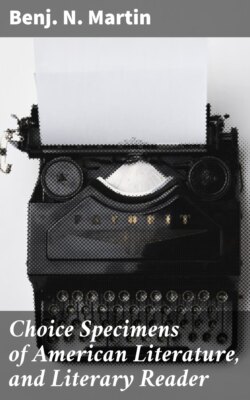Читать книгу Choice Specimens of American Literature, and Literary Reader - Benj. N. Martin - Страница 60
На сайте Литреса книга снята с продажи.
=30.= GEOLOGICAL PROOF OF DIVINE BENEVOLENCE.
ОглавлениеMy second argument in proof of the divine benevolence is derived from the disturbed, broken, and overturned condition of the earth's crust.
To the casual observer the rocks have the appearance of being lifted up, shattered, and overturned; but it is only the geologist who knows the vast extent of this disturbance. He never finds crystalline, non-fossiliferous rocks which have not been more or less removed from their original position. The older fossiliferous strata exhibit almost equal evidence of the operation of a powerful disturbing force, though sometimes found in their original horizontal position. The newer rocks have experienced less of this agency, though but few of them have not been elevated or dislocated.
If these strata had remained horizontal, as they were originally deposited, it is obvious that all the valuable ores, minerals, and rocks, which man could not have discovered by direct excavation, must have remained forever unknown to him. Now, man has very seldom penetrated the rocks below the depth of half a mile, and rarely so deep as that; whereas, by the elevations, dislocations, and overturnings that have been described, he obtains access to all deposits of useful substances that lie within fifteen or twenty miles of the surface; and many are thus probably brought to light from a greater depth. He is indebted, then, to this disturbing agency for nearly all the useful metals, coal, rock salt, marble, gypsum, and other useful minerals; and when we consider how necessary these substances are to civilized society, who will doubt that it was a striking act of benevolence which thus introduced disturbance, dislocation, and apparent ruin into the earth's crust?
* * * * *
=John P. Durbin,[10] 1800.=
